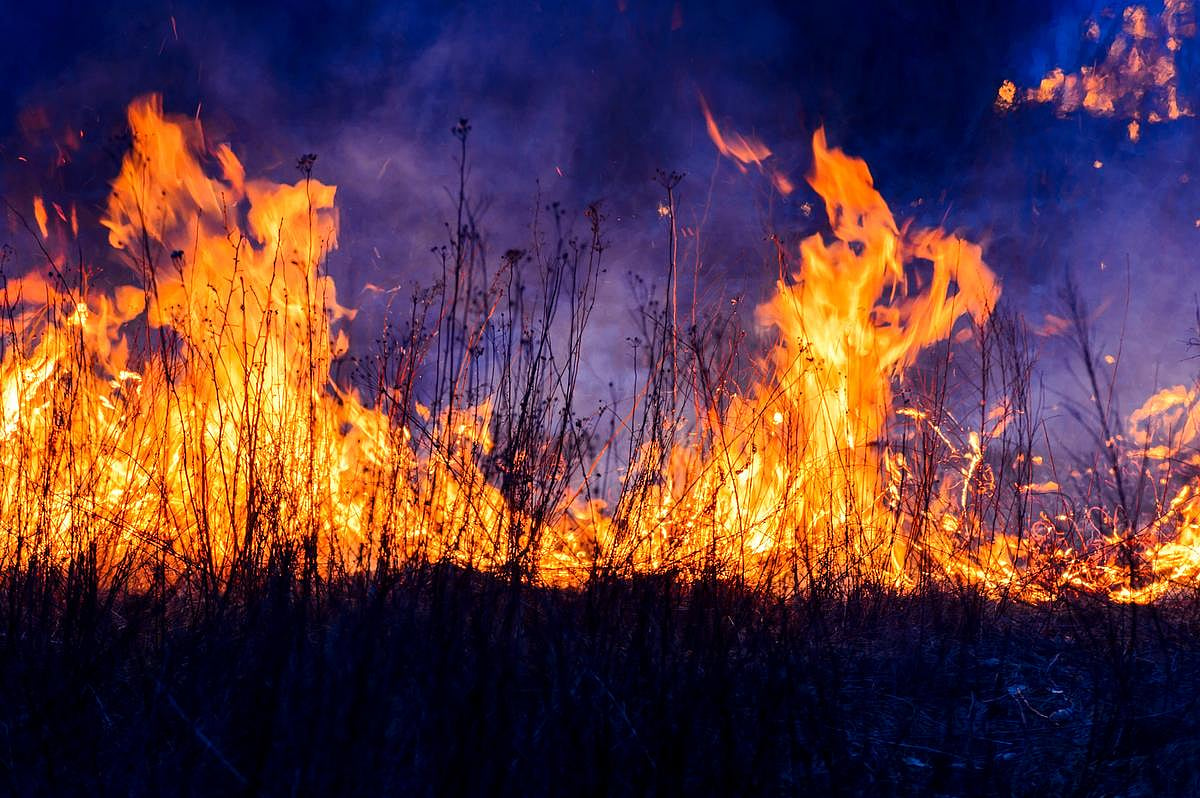In a recent study, relative risks for total PM2.5 underestimated the fire-related PM2.5-attributable mortality by 93 percent
By Elana Gotkine HealthDay Reporter
TUESDAY, Aug. 26, 2025 (HealthDay News) — On a global scale, relative risk for mortality associated with wildfire fine particulate matter (PM2.5) is greater than for total PM2.5, according to a study published online Aug. 13 in The Lancet Planetary Health.
Anna Alari, Ph.D., from ISGlobal in Barcelona, Spain, and colleagues obtained daily mortality records in 654 contiguous subnational regions from 32 European countries to examine the association between wildfire-related PM2.5 and mortality. These data were combined with daily estimates of fire-related and non-fire-related PM2.5.
The study included 95.3, 19.5, and 3.9 million daily deaths for all-cause mortality, cardiovascular mortality, and respiratory mortality, respectively, from Jan. 1, 2004, until the latest available year in each country. Pooled cumulative relative risks associated with a 1-µg per m3 increase in fire-related PM2.5 were 1.007 (95 percent confidence interval [CI], 1.004 to 1.010), 1.009 (95 percent CI, 1.006 to 1.013), and 1.013 (95 percent CI, 1.008 to 1.019) for all-cause, cardiovascular, and respiratory mortality, respectively. Compared with non-fire-related PM2.5, relative risks were larger for fire-related PM2.5. Fire-related PM2.5-attributable mortality was underestimated by 93 percent with use of relative risks for total PM2.5 (fire-related and non-fire-related).
“Human-driven climate change is one of the main causes of the rising frequency and intensity of wildfires, as it creates favorable conditions for their spread and increases the number of days with very high or extremely high fire risk,” Alari said in a statement. “Improving estimates of PM2.5-related wildfire mortality will help better track the burden of this climate change-related threat to public health.”
Copyright © 2025 HealthDay. All rights reserved.








